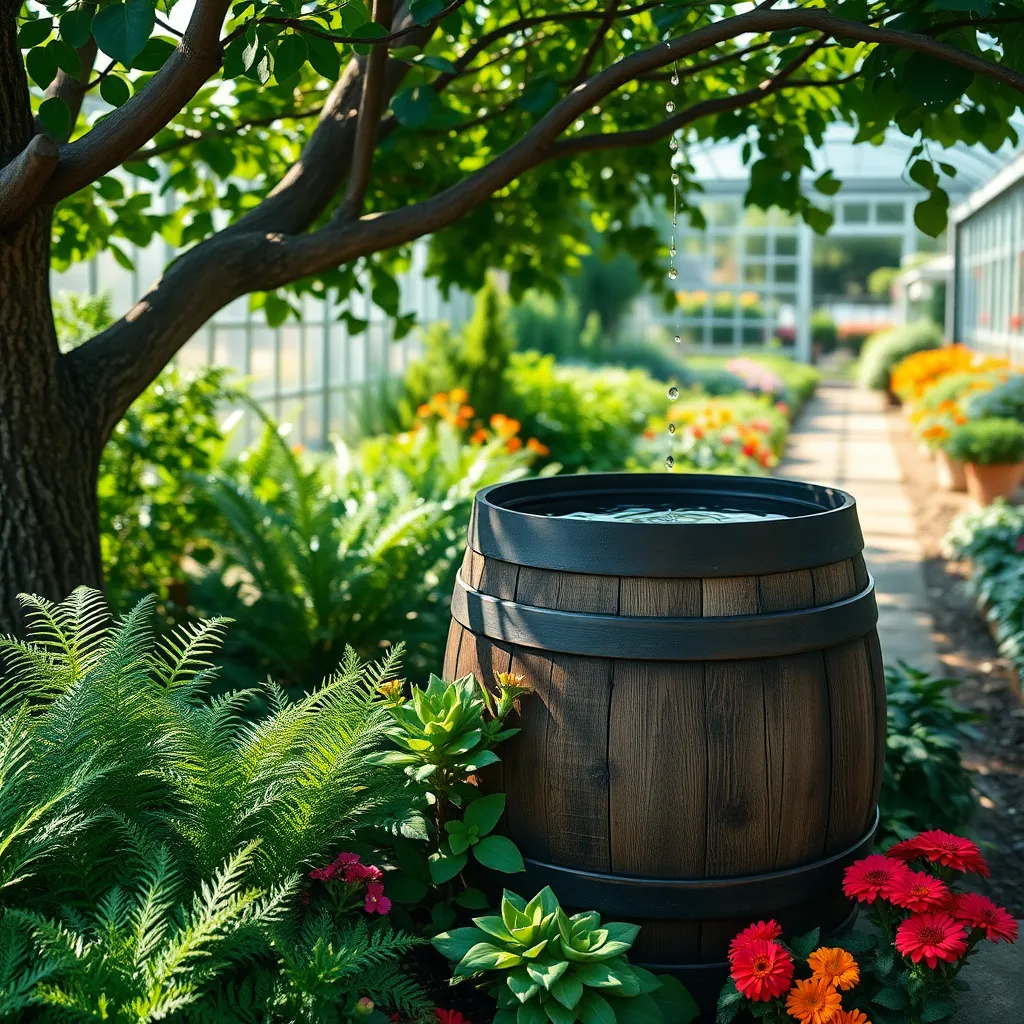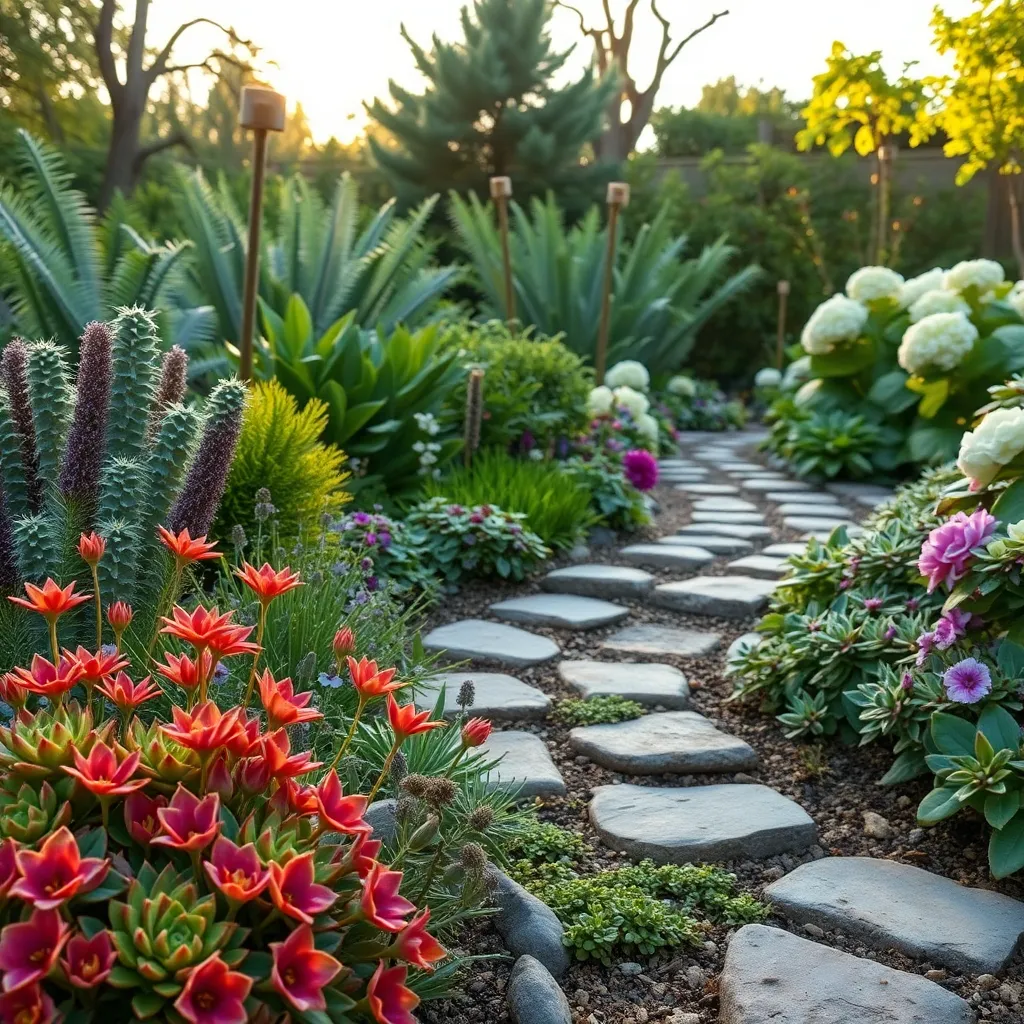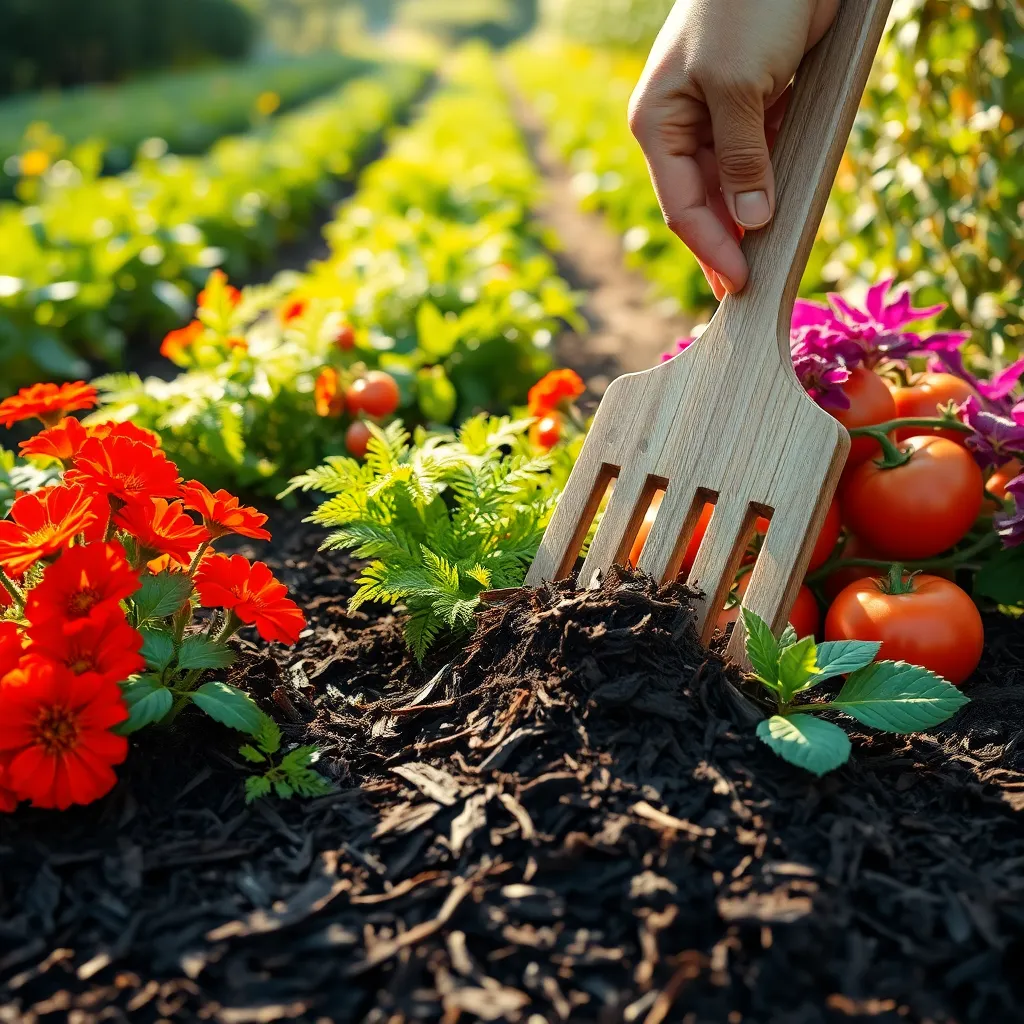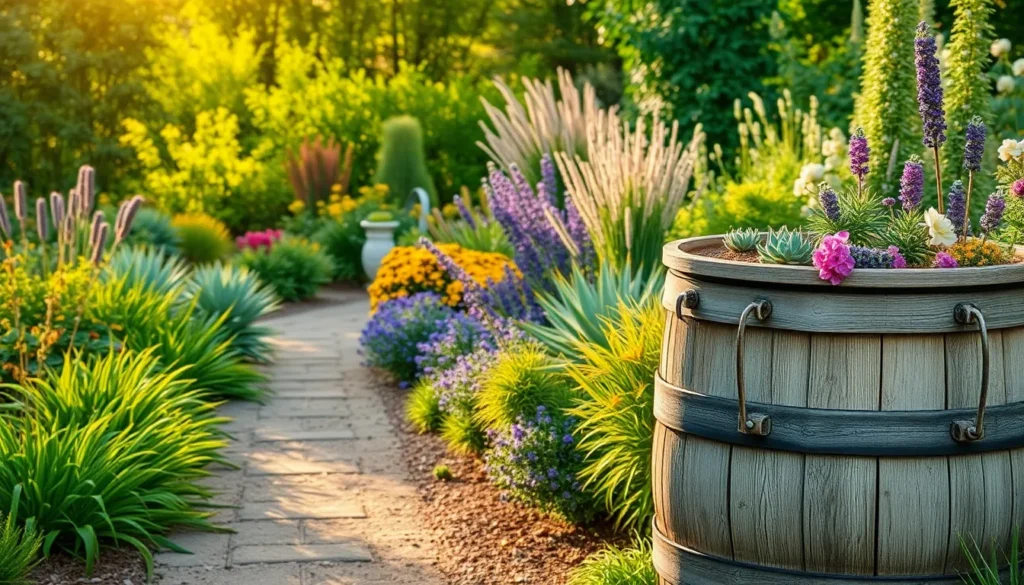Welcome to a world where your garden thrives even as it conserves precious water, a resource more vital today than ever. Whether you’re just starting your green journey or have been nurturing plants for years, our “6 Common Water-Saving Garden Ideas” guide is your key to a flourishing, sustainable oasis.
In this guide, you’ll discover practical techniques that not only help your garden flourish but also save you time and effort. Imagine the joy of watching your plants blossom with vitality, knowing you’re making a positive environmental impact with every drop saved.
By integrating these water-wise strategies, you can cultivate a garden that is as beautiful as it is resourceful. Feel confident in your ability to turn these ideas into reality, and enjoy the satisfaction of a garden that rewards you with both lush greenery and peace of mind.
Install Drip Irrigation Systems

Drip irrigation systems offer a highly efficient way to water your garden by delivering moisture directly to the plant roots. This method minimizes evaporation and water runoff, making it ideal for conserving water while ensuring your plants receive the proper hydration.
To install a drip irrigation system, begin by mapping out your garden area and identifying the water needs of different plants. Select a system that allows you to adjust the flow rate, which is especially useful for gardens with a mix of plants that have varied water requirements.
Once you have your system components, such as tubing, emitters, and connectors, lay them out according to your plan, ensuring that each plant receives adequate coverage. Secure the tubing with stakes to prevent it from shifting, and adjust the emitters to deliver the right amount of water based on plant size and type.
Regular maintenance is key to keeping your drip irrigation system running smoothly. Check for clogs in the emitters and inspect the tubing for leaks or damage, especially at the beginning and end of the growing season.
Collect Rainwater in Barrels

Harvesting rainwater in barrels is a simple yet effective way to conserve water in your garden. By setting up barrels under your downspouts, you can collect significant amounts of rainwater that would otherwise be lost.
Start by choosing a sturdy rain barrel that can hold at least 50 gallons of water. Many gardeners prefer barrels with a spigot at the bottom for easy access, so you can conveniently fill your watering can or connect a hose.
Ensure that your rain barrel is placed on a stable, elevated surface to allow gravity to assist with water flow. Cover the top with a fine mesh screen to prevent debris and mosquitoes from contaminating the water.
It’s essential to use the collected rainwater wisely by watering plants deeply but infrequently. This method encourages plants to develop deeper root systems, making them more drought-resistant.
For advanced gardeners, consider installing a drip irrigation system connected to your rain barrel. This setup allows for efficient water use, delivering moisture directly to the plant’s root zone, thus minimizing evaporation losses.
Group Plants by Water Needs

Grouping plants by water needs is an effective strategy for conserving water in your garden. It allows you to tailor watering schedules to specific plant requirements, ensuring each gets the right amount of moisture without waste.
Begin by researching the water needs of your plants to categorize them accurately. Plants generally fall into three categories: drought-tolerant, moderate water needs, and high water needs.
For drought-tolerant plants, consider species like lavender, succulents, and rosemary, which thrive in well-drained soil and require less frequent watering. Mulching these areas with gravel or bark can help retain moisture and reduce evaporation.
Moderate water need plants, such as tomatoes and peppers, perform well with consistent watering but can tolerate short dry spells. Water these plants deeply once or twice a week, depending on rainfall, to encourage deep root growth and drought resilience.
High water need plants, like ferns and hydrangeas, prefer consistently moist soil. Plant them in areas with good drainage and consider installing a drip irrigation system to deliver water directly to the roots efficiently.
By grouping plants with similar water needs together, you can optimize your garden’s water usage significantly. This not only saves resources but also helps maintain healthy, thriving plants throughout the growing season.
Mulch to Retain Soil Moisture

Mulching is an excellent strategy to retain soil moisture and reduce water usage in your garden. By applying a layer of mulch around your plants, you can significantly decrease evaporation and keep the soil cool. Choose organic mulches like shredded bark, straw, or leaf mold, as they gradually decompose and improve soil fertility. Applying 2 to 3 inches of mulch is generally sufficient for most garden beds.
Before adding mulch, ensure the soil is thoroughly moist, as mulch acts as a barrier to water penetration. It’s crucial to keep mulch a few inches away from the stems or trunks of plants to prevent rot and disease. For those in regions with sandy soil, adding a layer of mulch can be particularly beneficial in preventing rapid water drainage. This simple step can make a big difference in your garden’s water retention.
More experienced gardeners can experiment with different types of mulch to see what works best for their specific plants. For example, pine needles are excellent for acid-loving plants like azaleas and blueberries. Using mulch also encourages beneficial soil organisms like earthworms, which further enhance soil structure and health. Remember, mulching is not just about water conservation; it also contributes to a healthier garden ecosystem.
Regularly check the mulch layer to ensure it hasn’t become too compacted, which can inhibit water and air movement. Fluffing up the mulch occasionally can help maintain its effectiveness. As mulch breaks down over time, you may need to replenish it to maintain the desired thickness. With these practices, your garden will not only conserve water but also thrive with lush, healthy plants.
Choose Drought-Resistant Plants

Choosing drought-resistant plants is a strategic way to save water while maintaining a beautiful garden. These plants are adapted to survive in low-water conditions, making them ideal for areas prone to dryness or water restrictions.
To start, consider integrating succulents like agave and sedum, which store water in their leaves and thrive in dry climates. Plant them in well-draining soil and ensure they receive full sunlight, as these conditions mimic their natural habitats.
For a vibrant display of color, opt for drought-tolerant perennials such as lavender and coneflower. These plants require minimal watering once established and can flourish in poor soil conditions, making them low-maintenance choices for any gardener.
Advanced gardeners might explore native grasses like blue fescue and switchgrass, which are both visually appealing and highly resilient to drought. These grasses require occasional trimming and thrive with minimal intervention, providing texture and movement to your garden landscape.
Water Early in the Morning

Early morning watering is a crucial practice for maintaining a healthy garden while conserving water. By watering in the morning, you allow plants to absorb moisture before the sun becomes too intense, reducing evaporation.
This method is particularly beneficial in preventing fungal diseases. Watering early allows the foliage to dry throughout the day, minimizing the risk of mold and mildew.
For best results, aim to water between 6 a.m. and 10 a.m. During this time, temperatures are cooler, and winds tend to be calmer, ensuring water soaks into the soil rather than being carried away.
Consider using a drip irrigation system or soaker hoses to further enhance water efficiency. These tools deliver water directly to the root zones, minimizing waste and ensuring that each plant receives the right amount of hydration.
Conclusion: Growing Success with These Plants
In exploring ‘6 Common Water-Saving Garden Ideas,’ we’ve uncovered essential concepts that beautifully parallel the nurturing of relationships. Firstly, just as selecting drought-resistant plants can conserve water, choosing resilient qualities in a partner can fortify your bond. Secondly, implementing efficient irrigation mirrors the importance of effective communication. Thirdly, mulching to retain moisture parallels the nurturing of emotional depth. Fourth, opting for native plants is akin to valuing authenticity and compatibility. Fifth, grouping plants with similar water needs reflects aligning shared values and goals. Lastly, capturing rainwater through rain barrels symbolizes the power of shared experiences in fostering growth.
As an actionable step, consider implementing one of these concepts in your relationship today—perhaps by engaging in a meaningful conversation or planning a shared activity that aligns with your values. Remember, small, consistent efforts lead to flourishing relationships.
We encourage you to bookmark this article as a resourceful guide to revisit whenever you need inspiration or guidance. As you cultivate these ideas, envision a future where your relationships thrive, rooted in understanding and mutual growth. Your journey towards a flourishing relationship begins now—embrace it wholeheartedly!







